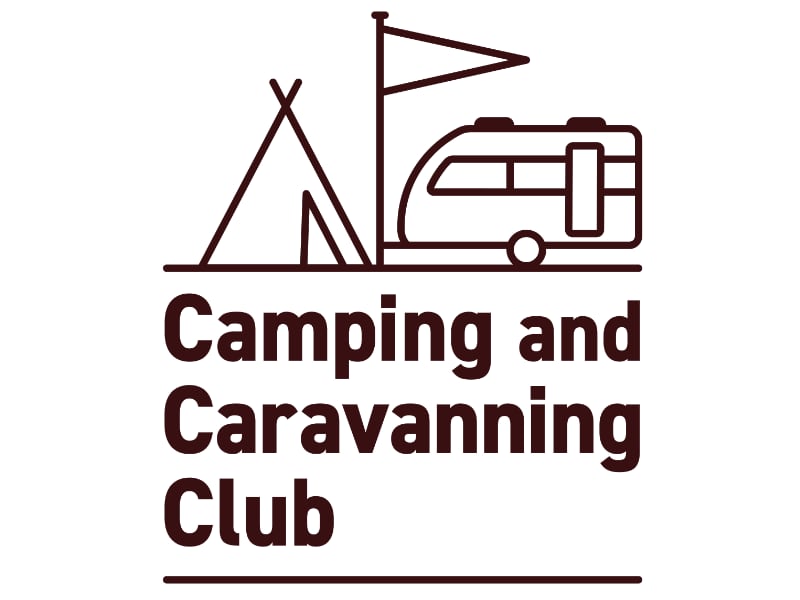
Walk Details
Conceived in the later part of the 18th century, the Lancaster Canal was opened between Preston and Tewitfield in 1797. The Northern Reaches section, to Kendal, was opened in 1819. A link to the sea at Glasson followed a few years later. The principal trade was limestone for agricultural improvement in the south and coal for industrial use in the north.
The canal prospered until the arrival of the railway and take-over by the London and North Western Railway Company in 1864. The Northern Reaches section was closed to navigation in 1955 and the waterway has been severed in several places by the construction of M6 and A590 roads.
The Lancaster Canal Trust is engaged in a long term project to reinstate as much of the original canal as possible, including very ambitious plans in Kendal.
The section included in this walk is a tranquil rural waterway. Hincaster Tunnel is 378 yards long and is without a towpath. The portals are protected historical monuments. Boatmen had to propel the boats through the tunnel by pulling on ropes or chains attached to the tunnel wall by iron rings, whilst the horses walked over the mound. Linking the waterway to footpaths across rolling farmland makes an excellent circuit.
Although some sections of path are not very clear on the ground and there are plenty of stiles, there is no significant difficulty and no real hills to climb. The former canal towpath makes a splendid footpath.
Walk …
Descend a few rudimentary steps at the side of a small building, used as an information centre by the Lancaster Canal Trust. Turn left to walk along
the former towpath, an attractively broad grass embankment, soon passing an information board. Pass under Oldhall Bridge, no 167. The countryside adjoining the canal is pleasantly pastoral, gently undulating. Pass under bridge no 168 Mattinson’s Bridge, then no. 169, Field End Bridge. There are
two wider sections of canal which is home to various waterfowl, including swans. There is a fourth bridge at Stainton Bridge End. No 170 and then a section on an aqueduct over Stainton Beck before the present terminus of the water-filled portion of canal is reached. All bridges appear to have been built to a similar design, sturdy stone structures, built to endure.
At the end of the water-filled section of the canal go ahead (signpost ‘Kendal 6’), under a bridge and over a stile to continue for a half mile to see the east portal of Hincaster Tunnel. Return by the same route to point 1, bearing left. (To omit the extension to the tunnel bear right, around the head of the water). Join a minor road in a few metres, bearing right. Walk along the road, passing two rows of cottages.
At a ‘footpath/bridleway’ sign on the left, go through a gate, bearing right in 30m. to go over a waymarked stile. The path continues, faint over grass, with a hedge on the left. To the right is Stainton Beck. Pass but do not cross a footbridge on the right. Stay fairly close to the stream to reach a stile. Go over, turn right, then right again to cross the beck on a delightful old footbridge. Turn left at the road to continue through Stainton hamlet.
Sixty metres beyond Stainton Chapel turn right. There is a ‘High Commonmire’ footpath sign. Go over a stone stile. The path is not very clear on the grass; head a little to the south east, angling towards the hedge on the right, where there is a squeezer stile. Head for a belt of trees, going over a stile before reaching a waymarked junction among the trees. Go to the right, soon leaving the woodland at a waymarked gate/ stile. Continue the previous line across the next field, rising gently to the left of visible farm buildings (High Commonmire). At a gate/stile join a farm track. Turn right, towards the buildings of High Commonmire. In forty metres turn left over a stile, at a public footpath signpost. Keep a wall on the left as the path rises, through a gateway to a waymarked gate/stile at the top, with longer views now to the east. The hamlet in view to the left is Summerland.
Turn right, to a gate/stile. There are more gates and stiles. Cross a lane (signpost ‘Stubbs Farm 1/4 mile’) and continue to the south with a wall on the right. Descend towards Stubbs Farm, accessed over two stiles in the bottom right corner of a field. There is a ‘public footpath to Crooklands’ signpost. Turn right to go straight through the farm, leaving by a farm roadway. The descent continues, heading left of North Lodge to a signposted stile giving access to a minor road.
Turn right, pass North Lodge, turning left at once along a lane ‘public footpath Crooklands’, passing Old Hall and Carter House. At an isolated farm building, the original track goes through what is now a stockyard. There is a waymark pointing to the left; follow this round the building, bearing right, through a gate and over rough ground to regain the original route, with the hedge on the right. At a waymarked gate, go left, now with a hedge on the left. The hill in view ahead is Farleton Knott. A clear track heads straight to Crooklands, through a farmyard at the end.
Turn right along the verge of A65 road close to the Crooklands Hotel; pass a bus shelter before turning right in 100m, crossing Crooklands Bridge to return to the parking area.
 Nearest Train (or tube) Station(s):
Nearest Train (or tube) Station(s):
Grange-over-Sands, Preston

















